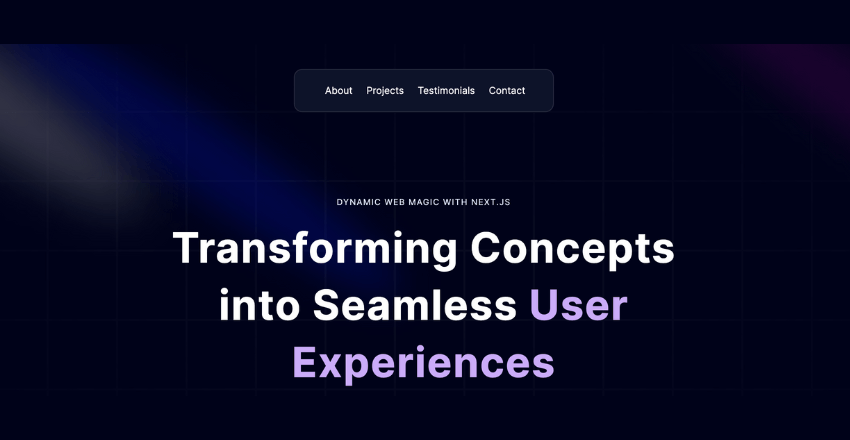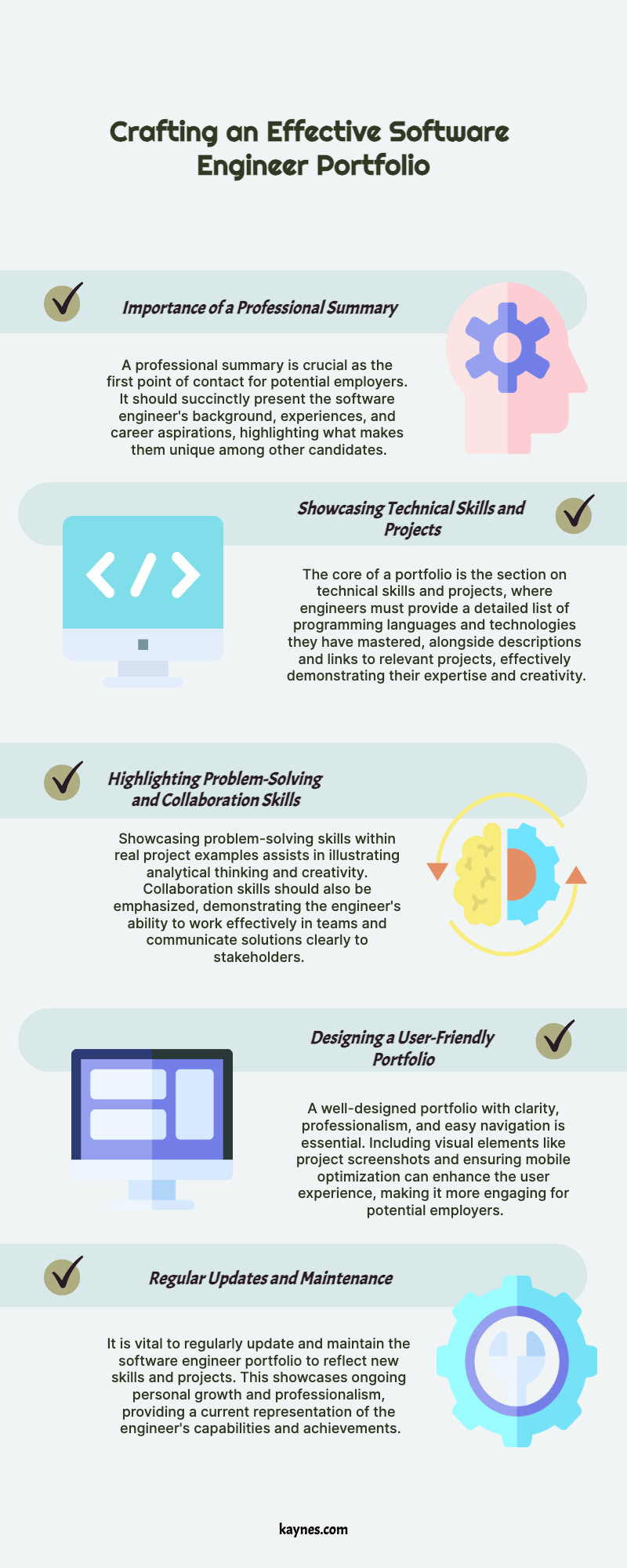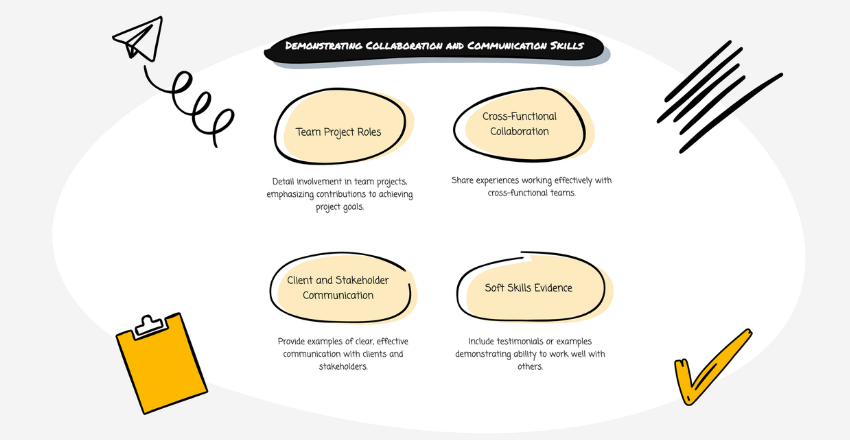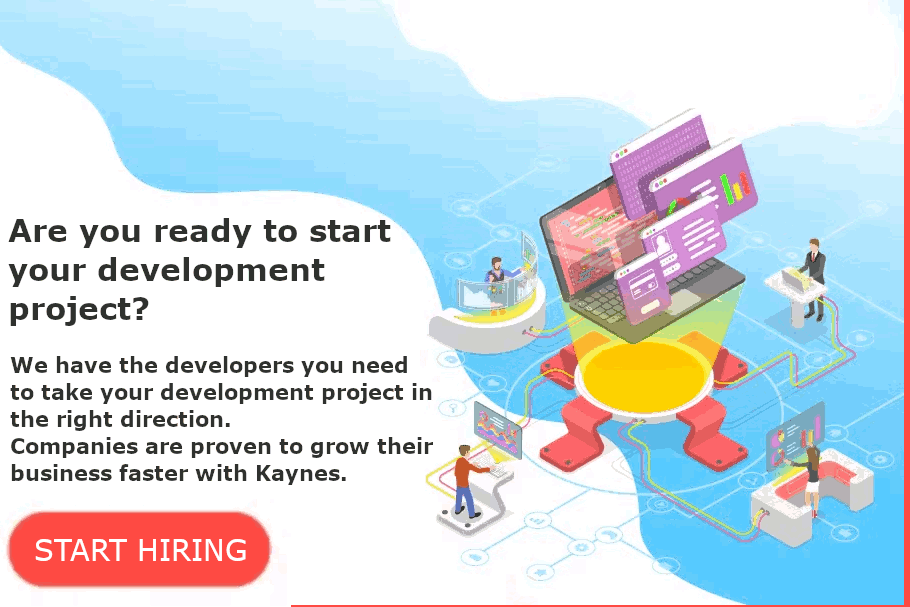
Crafting a Stellar Software Engineer Portfolio
Are you a software engineer struggling to showcase your skills effectively? You’re not alone. Many talented developers find it challenging to create a portfolio that truly reflects their abilities and potential. This can lead to missed opportunities and frustration. But don’t worry—there’s a solution. By crafting a stellar software engineer portfolio, you can highlight your expertise, stand out from the competition, and attract the attention of potential employers.
Thank you for reading this post, don't forget to subscribe!In the current competitive job market, a high-quality software engineer portfolio is crucial for distinguishing oneself to potential employers. A portfolio serves as a visual representation of a software engineer’s skills, projects, and accomplishments, showcasing their technical abilities, problem-solving capabilities, and collaboration and communication skills. An effectively crafted portfolio can significantly influence a hiring manager’s decision and may be instrumental in securing desired employment or freelance opportunities.
A software engineer portfolio extends beyond a mere collection of code snippets and project descriptions. It is a comprehensive presentation of the engineer’s capabilities and achievements, providing a platform to demonstrate expertise, creativity, and professionalism. A robust portfolio enables software engineers to differentiate themselves from competitors and functions as a powerful tool for career advancement.

Key Components of a Stellar Software Engineer Portfolio
Professional Summary
The professional summary is the first thing that potential employers will see when they visit a software engineer’s portfolio. It should provide a brief overview of the engineer’s background, experience, and career goals. This section should highlight the engineer’s unique selling points and what sets them apart from other candidates.
Technical Skills and Projects
The technical skills and projects section is the heart of the portfolio. It should include a comprehensive list of the engineer’s technical skills, programming languages, tools, and technologies they are proficient in. Additionally, this section should showcase the engineer’s projects, including descriptions, screenshots, and links to live demos or repositories. This is an opportunity for the engineer to demonstrate their expertise and creativity in developing software solutions.
Soft Skills and Design
A stellar software engineer portfolio should also highlight the engineer’s problem-solving abilities, collaboration and communication skills, and a visually appealing and user-friendly design. These components are essential in showcasing the engineer’s ability to work effectively with others and create software solutions that are both functional and aesthetically pleasing.
Showcasing Technical Skills and Projects

When showcasing technical skills and projects in a software engineer portfolio, it’s important to provide detailed information about the technologies used, the problem solved, and the impact of the project. This section should demonstrate the engineer’s ability to work with various programming languages, frameworks, and tools. It should also highlight the engineer’s experience in developing different types of applications, such as web applications, mobile apps, or desktop software.
In addition to listing technical skills, it’s crucial to provide examples of real-world projects that the engineer has worked on. These projects should be diverse and demonstrate the engineer’s ability to tackle different challenges and deliver high-quality solutions. Including links to live demos or repositories allows potential employers to explore the projects further and see the engineer’s code in action.
Furthermore, it’s beneficial to include descriptions of the engineer’s role in each project, the problem they were solving, and the impact of their work. This helps potential employers understand the engineer’s contributions and the value they can bring to their organization. By showcasing a variety of technical skills and projects, a software engineer can demonstrate their versatility and expertise in different areas of software development.
Highlighting Problem-Solving Abilities
| Metrics | Data |
|---|---|
| Problem-Solving Skills | High |
| Creativity | Medium |
| Analytical Thinking | High |
| Decision-Making Ability | High |
Problem-solving abilities are crucial for software engineers, and highlighting these skills in a portfolio can make a significant impact on potential employers. In this section of the portfolio, engineers should provide examples of challenging problems they have encountered in their projects and how they approached solving them. It’s important to showcase not only the technical aspects of problem-solving but also the critical thinking and creativity involved in finding solutions.
Engineers can describe the steps they took to analyze the problem, research potential solutions, and implement effective strategies to resolve it. Including before-and-after examples or case studies can provide concrete evidence of the engineer’s problem-solving abilities. Additionally, including testimonials or feedback from clients or team members can further validate the engineer’s problem-solving skills.
This social proof can reinforce the engineer’s credibility and demonstrate their ability to deliver results in real-world scenarios. By highlighting problem-solving abilities in their portfolio, software engineers can showcase their value as strategic thinkers and innovative problem solvers.
Demonstrating Collaboration and Communication Skills

Collaboration and communication skills are essential for software engineers who often work in team environments or interact with clients and stakeholders. In this section of the portfolio, engineers should provide examples of their experience working with cross-functional teams, leading projects, or communicating with clients. It’s important to showcase not only the technical aspects of collaboration but also the soft skills involved in working effectively with others.
Engineers can describe their role in team projects, how they contributed to achieving project goals, and how they communicated with team members to ensure successful outcomes. Including examples of successful collaborations or testimonials from colleagues can provide evidence of the engineer’s ability to work well with others. Additionally, including examples of clear and effective communication with clients or stakeholders can demonstrate the engineer’s professionalism and ability to convey complex technical concepts in a clear and understandable manner.
By demonstrating collaboration and communication skills in their portfolio, software engineers can show potential employers that they are not only technically proficient but also capable of working effectively in team environments and engaging with clients and stakeholders.
Tips for Creating a Visually Appealing and User-Friendly Portfolio

Designing for Clarity and Professionalism
When designing their portfolio, software engineers should prioritize a clean and professional design. This will make it easier for visitors to navigate the portfolio and focus on the content. Avoid cluttered layouts or distracting elements that can detract from the overall presentation.
Showcasing Projects with Visuals
Including screenshots or images of projects can make the portfolio more visually engaging and provide a glimpse of the engineer’s work at a glance. Visuals can help convey the quality and complexity of the projects in a compelling way.
Optimizing for Navigation and Mobile Devices
Ensure that the portfolio is easy to navigate with clear menus or sections that allow visitors to find information quickly. A well-organized structure will make it easier for potential employers to explore different aspects of the engineer’s background and experience. Additionally, optimize the portfolio for mobile devices to provide a seamless experience for visitors regardless of the device they are using.
By following these tips, software engineers can create a visually appealing and user-friendly portfolio that effectively showcases their skills and experience while providing an enjoyable browsing experience for potential employers.
Importance of Regularly Updating and Maintaining Your Portfolio
Regularly updating and maintaining a software engineer portfolio is crucial for keeping it relevant and impactful. As engineers gain new skills, complete new projects, or achieve new milestones in their careers, it’s important to reflect these updates in their portfolios. By regularly updating their portfolios, engineers can ensure that potential employers have access to their most current skills and accomplishments.
This can help them stay competitive in the job market and demonstrate ongoing growth and development in their careers. Additionally, maintaining a portfolio demonstrates professionalism and attention to detail, which are qualities that potential employers value in software engineers. It shows that engineers are proactive about presenting themselves in the best light possible and are committed to showcasing their expertise effectively.
Furthermore, regularly updating a portfolio can help engineers stay organized and focused on their career goals. It provides an opportunity for self-reflection on their achievements and areas for improvement, which can be valuable for personal growth and career advancement. In conclusion, a stellar software engineer portfolio is an essential tool for showcasing technical skills, problem-solving abilities, collaboration and communication skills, as well as providing an enjoyable browsing experience for potential employers.
By including key components such as professional summaries, technical skills and projects, problem-solving abilities, collaboration and communication skills, engineers can effectively demonstrate their expertise and stand out in the competitive job market. Additionally, regularly updating and maintaining portfolios is crucial for staying relevant and demonstrating ongoing growth in one’s career. By following these guidelines, software engineers can create impactful portfolios that effectively represent their skills and experience while making a lasting impression on potential employers.



